This interactive portal improves the analytic experience so you can easily interact with data.
Solving the Challenges of a Remote or Hybrid Workplace


Jennifer Santisi
As we navigate changing workforce landscapes, employers continue to struggle with hybrid and remote workforce challenges. Each workplace model brings unique pros and cons, whether it’s fully return-to-work, hybrid or fully remote. For employers trying to attract and retain employees, having flexibility in workplace strategy is extremely important, but how do employers know the strategy is working and how do employers know their employees are happy?
“The definition of workplace is changing, we’re at this watershed moment. LinkedIn reports that members are posting more about flexible work, wellbeing, and company culture to compete with today’s reshuffling of employees,” said IBI Researcher Carole Bonner, who presented IBI’s research findings.
According to the Pew Research Center, people are quitting their jobs for the following reasons: pay too low (63%), no advancement opportunities (63%), felt disrespected at work (57%), the benefits are not good (43%), childcare issues (48%), or lack of flexible hours (45%). Seventy-eight percent of respondents took a new job, and reported they were earning more money (56%), had better advancement opportunities (53%), better work/life balance (53%), and more flexible hours (50%).
Measuring engagement among employees is crucial, and the data shows remote and hybrid employees are the most engaged. More remote employees indicate they were highly engaged both with (24%) and without children (21%). More in-person employees indicated that they were on the lower end of the engagement scale. And employees 30-64 years old with children is the largest group that is highly engaged.
Brian Davey, Director, Health & Safety, World Bank, discussed how the World Bank approaches the challenges of a remote and hybrid workforce. “The name of the game in everything we do and have been having to do over the last two years of the pandemic, is flexibility. There’s no one size fits all,” said Brian.
Mental health was not only a challenge during the pandemic, it’s always been a challenge, shared Brian. Brian shared some data on when staff were asked how the pandemic affected their mental health and wellbeing. Up to half of employee’s reported seeing a worsening of their mental health in the past two years, in spite of the fact that they felt fortunate and more productive working from home. The main issues employees reported included work hours and high workload/demands, unrealistic or shifting deadlines, and unclear/conflicting work priorities.
“This falls squarely into management, not in the hands of mental health professionals,” said Brian. Toxic behavior is by far the greatest predictor of negative workplace outcomes. “You can throw as many EAPs and stress management programs you like at your staff, but if you’re not dealing with relationships in the workplace, you’re not going to make headway,” Brian added.
Strategies for Success
Brian shared a number of strategies that the World Bank has incorporated to meet the challenges of a changing work environment, including:
- Leadership and communication comes from senior management
- Teaching the soft skills of hybrid work, which involves talking about shifting the mindset from an office-centric approach to a people-centric approach
- Look at the relationships between people
- Build an environment of psychological safety where people feel they can speak up
- Bring awareness around emotional intelligence
Brian explained that they came up with a written charter on how they’d be communicating, which included when communication would take place, agreed upon core hours, a schedule of weekly check-ins, sharing recordings of the meetings, and transparency around everyone’s schedule which could be accessed from a company intranet. Teams regularly survey staff on how they’re operating with one another, developing action plans when needed, committing to regular check-ins, and evaluate how things are working.
“There’s a silver lining from the pandemic, there has been a jump start in technology and an improvement in the access to mental health support availability through apps, and also to education and development that have improved vastly over the last two and a half years,” concluded IBI President Kelly McDevitt.
It’s important to acknowledge that your mental health strategy doesn’t have to be a one-size-fits-all model, Kelly emphasized. Employees are looking for personalized care in today’s job market. And lastly, don’t drown your rockstars- monitor workloads and potential burnout so there aren’t retention issues in the long run.
- February 2025 (1)
- December 2024 (2)
- March 2024 (1)
- January 2024 (1)
- October 2023 (3)
- September 2023 (1)
- July 2023 (1)
- May 2023 (1)
- April 2023 (1)
- February 2023 (1)
- January 2023 (1)
- December 2022 (1)
- November 2022 (1)
- October 2022 (1)
- September 2022 (1)
- August 2022 (2)
- July 2022 (1)
- June 2022 (3)
- May 2022 (2)
- April 2022 (1)
- March 2022 (2)
- February 2022 (1)
- January 2022 (1)
- December 2021 (1)
- November 2021 (1)
- October 2021 (1)
- August 2021 (1)
- July 2021 (2)
- June 2021 (1)
- May 2021 (1)
- April 2021 (1)
- February 2021 (1)
- January 2021 (3)
- August 2020 (1)
- July 2020 (3)
- May 2020 (1)
- April 2020 (4)
- March 2020 (4)
- February 2020 (1)
- January 2020 (1)
- November 2019 (2)
- July 2019 (4)
- June 2019 (3)
- May 2019 (2)
- April 2019 (2)
- March 2019 (3)
- February 2019 (7)
- January 2019 (9)
- November 2018 (6)
- October 2018 (3)
- September 2018 (3)
- August 2018 (2)
- July 2018 (4)
- March 2018 (22)
- February 2018 (1)
- October 2017 (1)
- September 2017 (1)
- August 2017 (1)
- July 2017 (1)
- June 2017 (3)
- May 2017 (2)
- April 2017 (1)
- March 2017 (29)
- February 2017 (1)
- January 2017 (1)
- December 2016 (3)
- November 2016 (2)
- October 2016 (1)
- August 2016 (3)
- May 2016 (2)
- April 2016 (8)
- February 2016 (29)
- January 2016 (1)
- December 2015 (2)
- July 2015 (4)
- June 2015 (6)
- May 2015 (1)
- April 2015 (1)
- March 2015 (22)
- February 2015 (1)
- January 2015 (1)
- December 2014 (1)
- November 2014 (1)
- October 2014 (2)
- September 2014 (1)
- August 2014 (3)
- July 2014 (2)
- June 2014 (1)
- May 2014 (2)
- April 2014 (4)
- March 2014 (8)
- February 2014 (1)
- January 2014 (1)
- December 2013 (2)
- November 2013 (2)
- October 2013 (4)
- August 2013 (1)
- July 2013 (3)
- May 2013 (13)
- March 2013 (2)
- February 2013 (9)
- January 2013 (1)
- December 2012 (1)
- November 2012 (1)
- June 2012 (1)
- May 2012 (1)
- April 2012 (1)
- August 2011 (1)
- June 2011 (3)
- May 2011 (1)
- April 2011 (2)
- March 2011 (1)
- February 2011 (2)
- November 2010 (1)
- October 2010 (1)
- June 2010 (1)
- March 2010 (1)
- January 2010 (2)
- October 2009 (1)
- July 2009 (1)
- May 2009 (2)
- March 2009 (1)
- January 2009 (1)
- November 2008 (1)
- October 2008 (2)
- September 2008 (1)
- August 2008 (1)
- June 2008 (1)
- May 2008 (1)
- April 2008 (2)
- March 2008 (1)
- February 2008 (1)
- January 2008 (2)
- December 2007 (1)
- November 2007 (1)
- October 2007 (1)
- September 2007 (1)
- August 2007 (1)
- July 2007 (1)
- June 2007 (1)
- May 2007 (2)
- March 2007 (1)
- February 2007 (1)
- January 2007 (1)
- August 2006 (1)
- June 2006 (1)
- March 2006 (1)
- May 2005 (1)
- July 2004 (1)
- 2019 (1)
- 2020 (1)
- Absence (2)
- Absence Management (4)
- Article (105)
- Behavioral Health (2)
- Benchmarking (9)
- Benefit Design (11)
- Benefits + Plan Design (26)
- Blog (72)
- Burnout (1)
- Business Performance (2)
- Business Value of Health (21)
- Cancer (3)
- Cardiovascular Disease (4)
- Care Management (1)
- Care Quality (1)
- Caregiving (3)
- Case Studies (7)
- Chronic Conditions (2)
- Communicating H&P to Business Leaders (1)
- Community Health (2)
- Comparative Effectiveness Research (1)
- Connecting HR to Operations (1)
- COVID-19 (13)
- Culture of Health (1)
- Culture of Health + Safety (29)
- Data (1)
- Data Driven Decision Making (1)
- Depression (5)
- Diabetes (5)
- Disability Leave (41)
- Disease Burden (1)
- Employer Perspectives (5)
- Engage Employees (45)
- Event Recap (2)
- Exchanges (4)
- Family + Parental Leave (8)
- FMLA (2)
- Headache (1)
- Health + Productivity Management (54)
- Health Inequities (1)
- Healthcare (2)
- Healthcare Costs (17)
- HPM Survey (3)
- IBI Agenda (2)
- IBI Presents (9)
- immunization (1)
- Industry Profile (1)
- Integrating Health Data (12)
- Invest In Health (52)
- Leave Benchmark Survey (1)
- Linking Health to Business Performance (1)
- Make The Business Case (54)
- Manage Absence (70)
- Market Perspectives (29)
- Maternity (1)
- Measurement (2)
- Measuring Outcomes (21)
- Medication Adherence (1)
- Mental + Emotional Health (16)
- Mental Health (7)
- Migraine (2)
- MSD (1)
- MSK (1)
- Multi-Study Spotlight (23)
- Musc (1)
- Musculoskeletal Disorders (12)
- National Forum (1)
- Obesity (2)
- Occupation (1)
- Online Events (17)
- Pain Management (1)
- Patient Resources (1)
- Patient-Centered (2)
- Pharmacy (5)
- Physical Activity (1)
- Popular and Timely (11)
- Practical Guidance (6)
- Pregnancy (1)
- Presenteeism (1)
- Presenteeism / Job Performance (3)
- Preventive Care (1)
- Previous Forums (109)
- Productivity (46)
- Provider Quality (1)
- Regional Events (1)
- Research (22)
- Research Based Healthcare Evidence (1)
- Research Report (2)
- Research Review (3)
- Return to Work (19)
- Risk Management (11)
- SAW / RTW (1)
- Scholarly Work (2)
- Short-Term Disability (2)
- Sick Leave (15)
- Social Determinants of Health (1)
- Stay at Work (1)
- Stay-at-work / Return-to-work (1)
- STD (2)
- Strategies (1)
- Stress (2)
- Suicide (2)
- Surveys (3)
- Talking to Leadership (4)
- Telehealth (3)
- Understand Health Risks (34)
- Value-based Benefit Design (1)
- Vendor Integration (1)
- Video (3)
- virtual care (1)
- virtual health (1)
- Weight Control (5)
- Well-being (16)
- Wellness + Lifestyle (17)
- Working Remotely (4)
- Workplace Culture of Health (2)
- Workplace Health Programs (1)
- Admin
- Brian Gifford
- Brian Gifford Ph.D. Director, Research and Analytics, IBI
- Candace Nelson
- Carole Bonner
- Carolyn Ho
- Carolyn Ho, IBI Communications Lead
- Erin Peterson
- Erin Peterson, Researcher
- Gia Harris
- IBI
- IBI Member
- IBI Research Team
- Integrated Benefits Institute
- Jennifer Santisi
- Jim Huffman
- Kelly McDevitt, IBI President
- Marshall Riddle
- Nicole Nicksic, PhD, MPH Research Lead
- Sera-Leigh Ghouralal
- Thomas Parry, PhD Senior Advisor, Integrated Benefits Institute


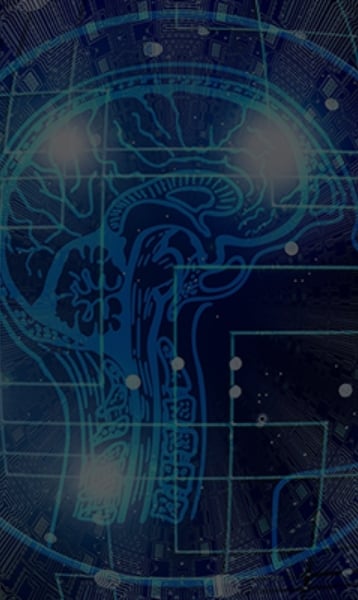

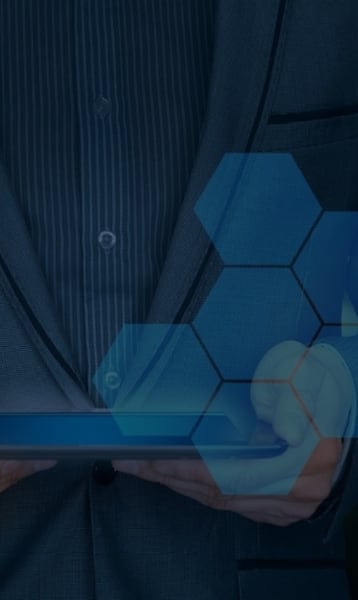
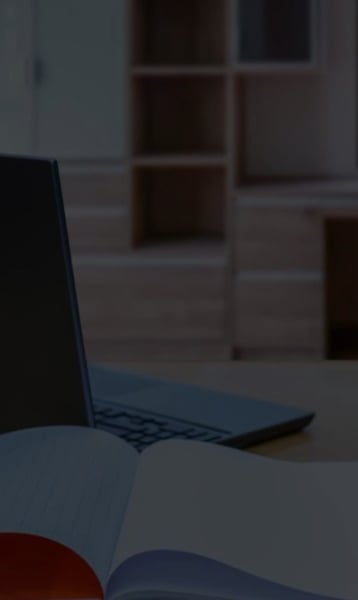
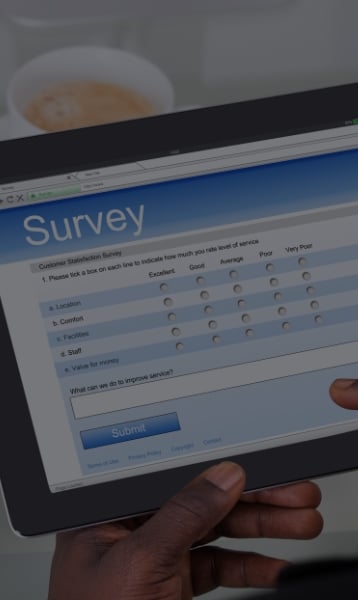
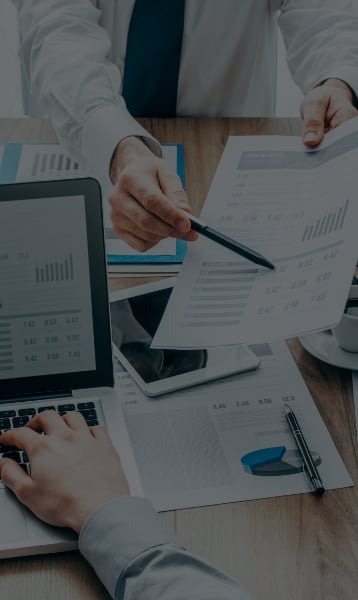


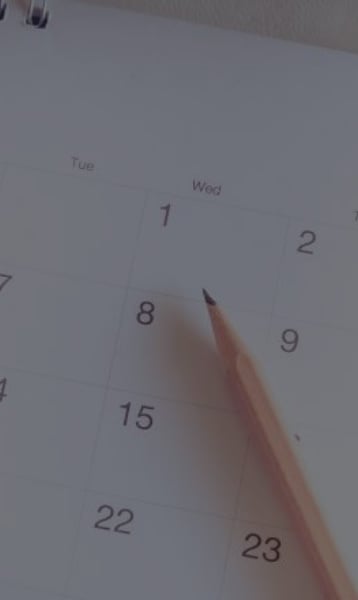



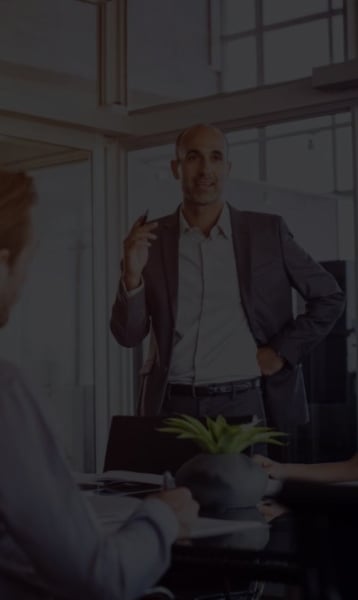

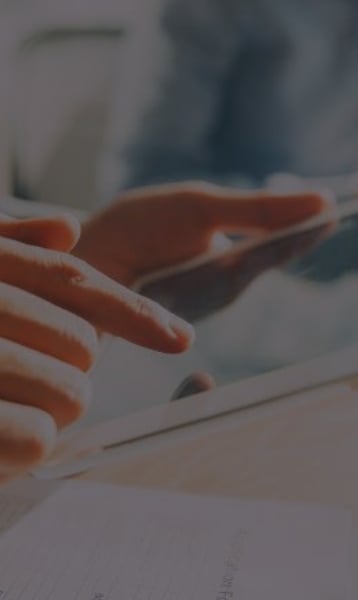

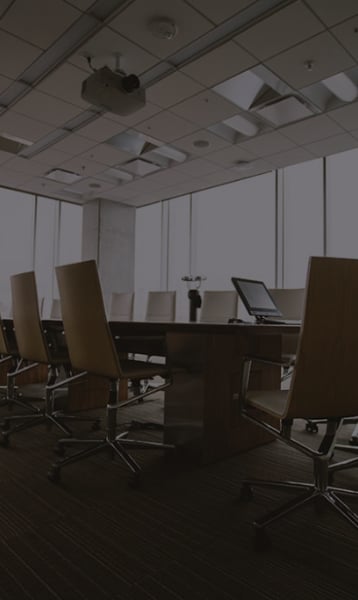







.png?width=900&name=Copy%20of%202024%20Research%20Priorities%20Banner(5).png)

